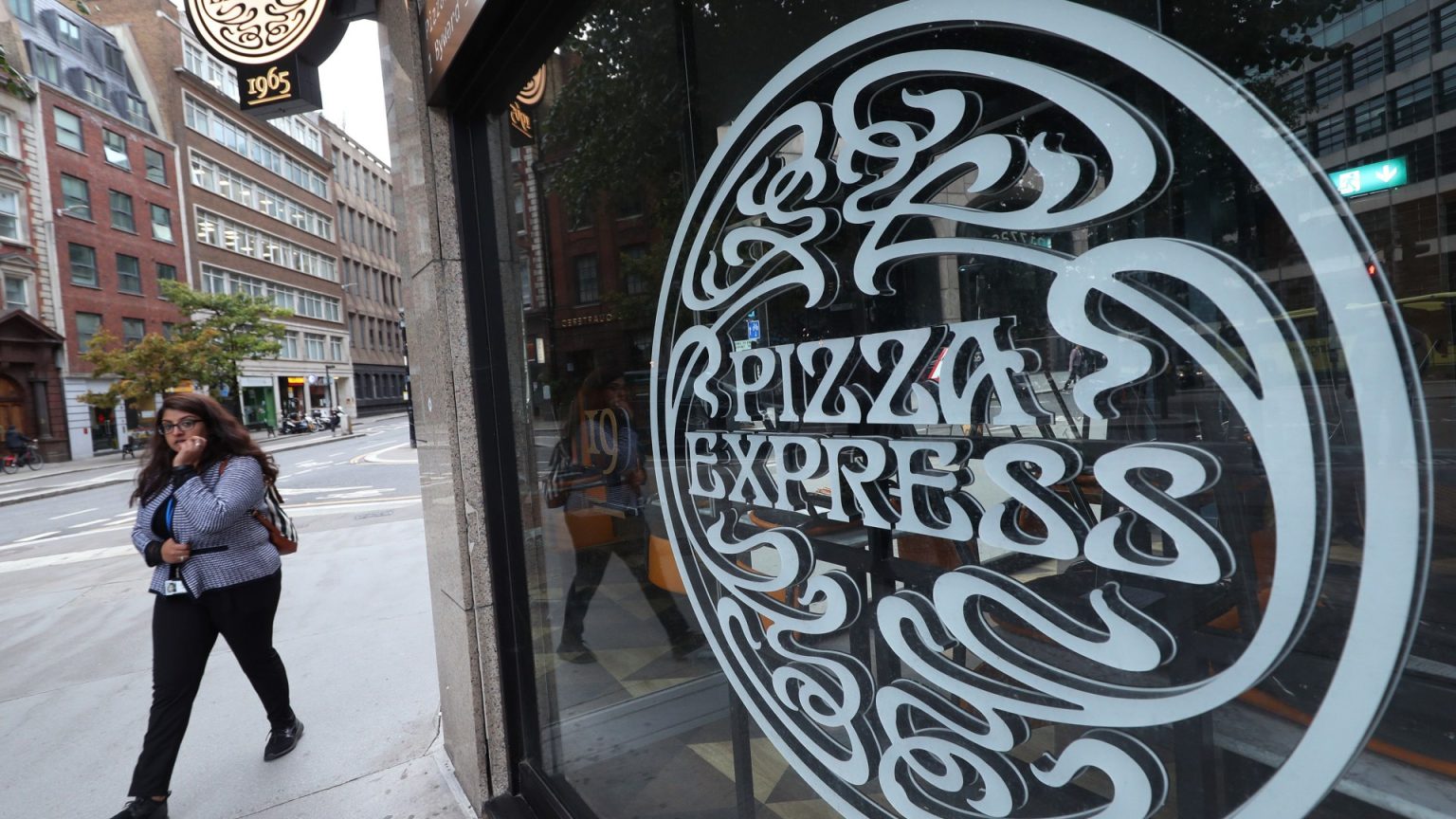The removal of the Calabrese pizza from the Pizza Express menu has sparked a wave of disappointment and outrage among loyal customers, who have taken to social media to express their dismay and demand its return. The Calabrese, a spicy sausage pizza created by Michelin-starred chef Francesco Mazzei in 2010 as a tribute to the cuisine of Calabria, Southern Italy, had garnered a dedicated following over the years, becoming a beloved classic for many. Customers described the pizza as “iconic,” “legendary,” and the sole reason for their patronage. The sudden disappearance of the Calabrese before Christmas has left fans bewildered and frustrated, with some questioning the rationale behind the decision and expressing concerns about the future of their favorite pizza chain. The passionate pleas for the Calabrese’s reinstatement highlight the strong emotional connection customers develop with specific menu items and the impact such changes can have on brand loyalty.
Pizza Express, in response to the customer outcry, explained that menu innovation necessitates the periodic removal of existing dishes to make room for new creations. The company acknowledged the Calabrese’s popularity but emphasized its commitment to continually evolving its offerings and introducing fresh flavors. While the Calabrese has been retired for the time being, the chain hinted at the possibility of its return in the future, leaving a glimmer of hope for its devoted fans. This explanation, however, has done little to assuage the disappointment of those who view the Calabrese as an irreplaceable staple of the Pizza Express experience. The incident underscores the delicate balance restaurants must strike between maintaining beloved classics and introducing new items to keep the menu fresh and exciting.
The Calabrese’s removal highlights the broader trend of menu evolution in the restaurant industry. Restaurants constantly adapt their menus to reflect changing consumer preferences, seasonal availability of ingredients, and the pursuit of culinary innovation. While some changes are welcomed, the removal of cherished items can evoke strong emotional reactions from customers who have developed attachments to particular dishes. This case demonstrates the importance of understanding customer preferences and carefully considering the impact of menu alterations on brand loyalty and customer satisfaction. Restaurants must navigate the complexities of menu management, balancing the desire for innovation with the need to retain core menu items that resonate with their customer base.
The passionate response to the Calabrese’s disappearance underscores the power of nostalgia and the emotional connection people develop with food. For many, the Calabrese was more than just a pizza; it represented a familiar comfort, a cherished memory, or a regular part of their dining routine. Its removal disrupts this connection, leaving customers feeling a sense of loss and frustration. This incident serves as a reminder that food is often intertwined with personal experiences and emotions, and changes to familiar menus can have a significant impact on customers’ dining habits and brand perceptions.
The Calabrese controversy also raises questions about the role of customer feedback in shaping restaurant menus. While restaurants strive to innovate and cater to evolving tastes, customer feedback can provide valuable insights into which items resonate most strongly with their audience. The outpouring of support for the Calabrese demonstrates the importance of listening to customer preferences and incorporating their feedback into menu decisions. By actively engaging with their customer base, restaurants can gain a better understanding of what their customers value and make more informed decisions about menu changes.
The future of the Calabrese remains uncertain, but the passionate response from its fans serves as a testament to its enduring popularity. Whether Pizza Express will eventually heed the calls for its return remains to be seen. However, the incident has undoubtedly highlighted the importance of carefully considering the impact of menu changes on customer loyalty and the power of nostalgia in shaping consumer preferences. It also underscores the dynamic nature of the restaurant industry, where menus are constantly evolving to reflect changing tastes, trends, and the pursuit of culinary innovation.











